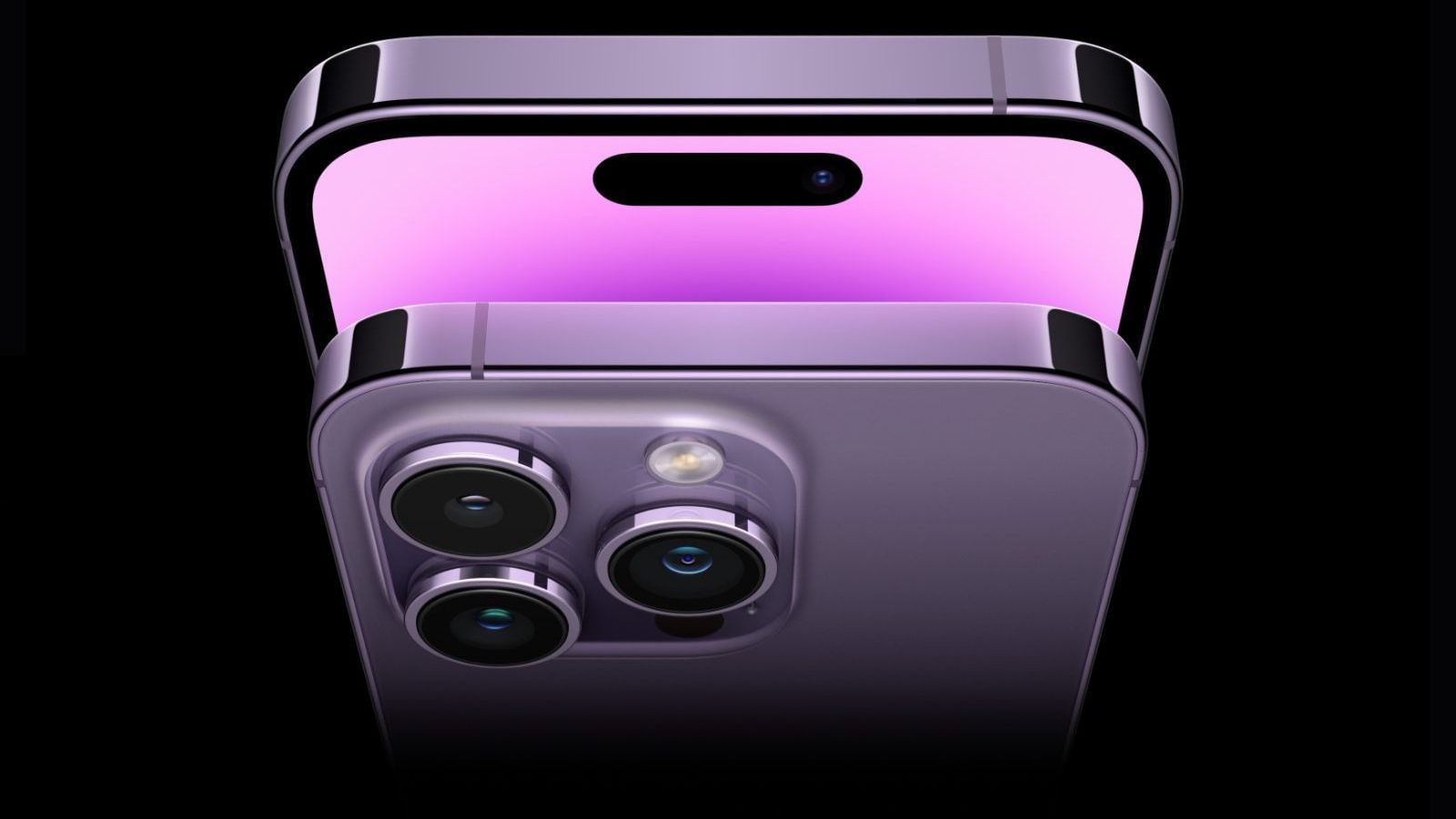The 2021 slate of iPhones is still months away, but rumors about some significant upgrades planned for the 2022 iPhone lineup have already started swirling around. TFI Securities analyst Ming-Chi Kuo, who has a reasonably solid record with predictions related to upcoming Apple products, has now predicted (via Macrumors) some significant upgrades for the iPhone lineup said to debut in 2022. The biggest one would be a switch to 48MP camera sensors, a first for Apple.

Apple has been using 12MP sensors for a while now. You’ll now find three 12MP sensors on the iPhone 12 Pro models and a pair of 12MP sensors on the vanilla iPhone 12 and its Mini sibling. Yes, even Android phones that cost one-fourth of an iPhone 12 today have a 48MP camera. However, Apple’s work with 12MP cameras still yields arguably the best smartphone camera experience, especially regarding video capture. However, it is now apparently time to make the 48MP upgrade.
“In terms of pixel size, the iPhone 12, iPhone 13, and new 2H22 iPhone are about 1.7um, 2um, and 1.25um, respectively. We believe the new 2H22 iPhone may simultaneously support direct 48MP and 12MP (four cells merge output mode) output. With 12MP output, the CIS pixel size of the new 2H22 iPhone increases to about 2.5um, which is significantly larger than the iPhone 12 and iPhone 13, larger than existing Android phones, and close to the DSC level. We believe that the camera quality of the new 2H22 iPhone will elevate mobile phone camera photography to a new level.”
As per Kuo, only the pricier ‘Pro’ models of the 2022 iPhone lineup will be armed with a 48MP camera. It is unclear whether Samsung or Sony will supply the 48MP sensor, but the pixel size will stand at 1.25um, smaller than what we get with the 12MP sensor on the iPhone 12 (1.7um) and iPhone 13 (2um) family that is scheduled for a debut later this year. However, the 48MP sensor will do 4-in-1 pixel-binning, combining four adjacent pixels to create a ‘super pixel’ that effectively offers a pixel size of 2.5um. The larger a pixel is, the more light it collects, which means brighter photos with more details.
